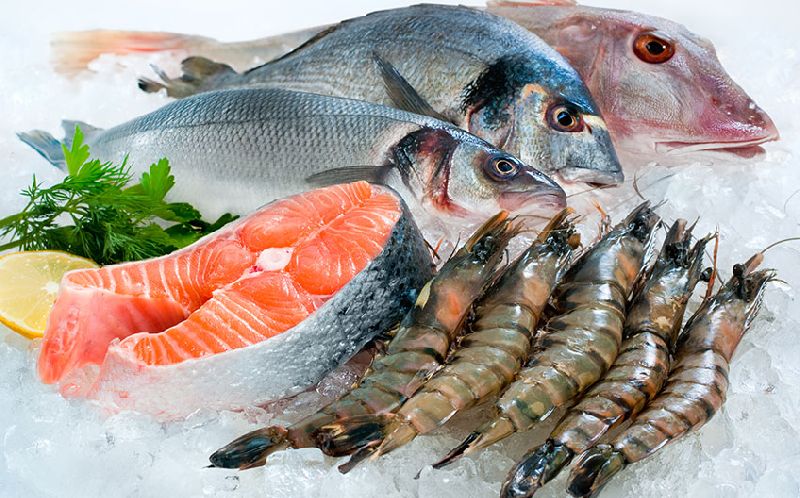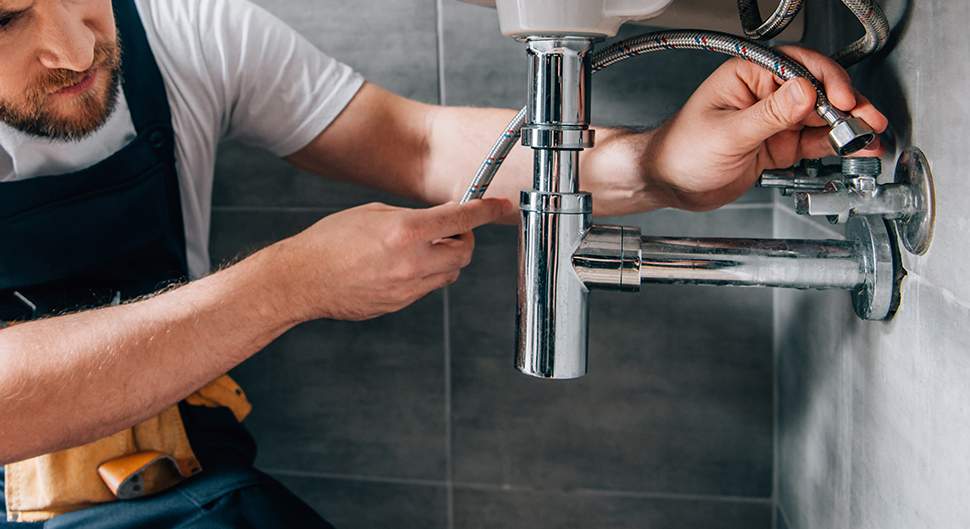Fish and shellfish contain high quality protein and other essential nutrients and are an important part of a healthful diet. In fact, a well-balanced diet that includes a variety of fish and shellfish can contribute to heart health and aid in children’s proper growth and development.
As with any type of food it is important to handle seafood safely to reduce the risk of foodborne illness, often called “food poisoning.” Follow these safe handling tips for buying, preparing, and storing fish and shellfish – and you and your family can safely enjoy the fine taste and good nutrition of seafood.
Frozen Seafood
frozen seafood can spoil if the fish thaws during transport and is left at warm temperatures for too long before cooking.
Don’t buy frozen seafood if its package is open, torn, or crushed on the edges.
Avoid packages with signs of frost or ice crystals, which may mean the fish has been stored a long time or thawed and refrozen.
Avoid packages where the “frozen” fish flesh is not hard. The fish should not be bendable.
Store Properly
Put seafood on ice or in the refrigerator or freezer soon after buying it. If seafood will be used within 2 days after purchase, store it in a clean refrigerator at a temperature of 40°F or below. Use a refrigerator thermometer to check! Otherwise, wrap it tightly in plastic, foil, or moisture-proof paper and store it in the freezer.
Separate for Safety
When preparing fresh or thawed seafood, it’s important to prevent bacteria from raw seafood from spreading to ready-to-eat foods. Take these steps to avoid cross-contamination:
When buying unpackaged cooked seafood, make sure it is physically separated from raw seafood. It should be in its own display case or separated from raw product by dividers.
Wash your hands for at least 20 seconds with soap and warm water after handling any raw food.
Wash cutting boards, dishes, utensils, and counter tops with soap and hot water between the preparation of raw foods, such as seafood, and the preparation of cooked or ready-to-eat foods.
For added protection, kitchen sanitizers can be used on cutting boards and counter tops after use. Or use a solution of one tablespoon of unscented, liquid chlorine bleach per gallon of water.
If you use plastic or other non-porous cutting boards, run them, along with plastic, metal, or ceramic utensils through the dishwasher after use.



